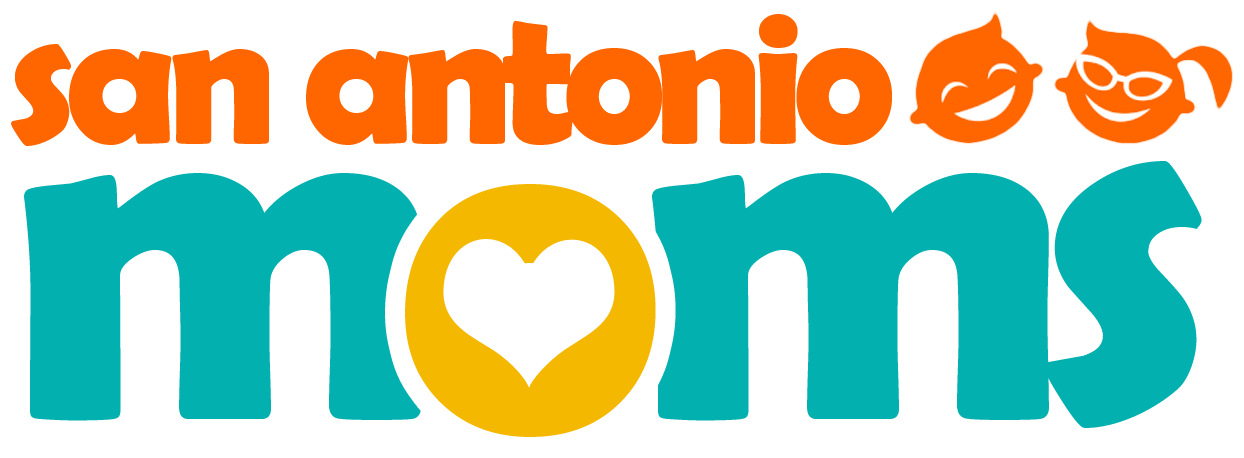Children diagnosed with cerebral palsy live with symptoms that range from barely noticeable to severe and profound.
According to the National Institute of Neurological Disorders and Stroke (NINDS), cerebral palsy is:
“an umbrella-like term used to describe a group of chronic disorders impairing control of movement that appear in the first few years of life and generally do not worsen over time.”
They go on to say that the different forms of cerebral palsy (CP) are caused “by faulty development of or damage to motor areas in the brain that disrupts the brain’s ability to control movement and posture.”
Those two statements, when combined, mean that CP covers a large range of neurological issues. Children diagnosed with CP live with symptoms that range from barely noticeable to severe and profound. Some victims of CP will have occasional involuntary movements or difficulty performing a few fine motor tasks. Others will be confined to a wheelchair.
CP comes in three main types:
- Spastic cerebral palsy accounts for between 70 and 80 percent CP cases. In this form of the disorder, people with CP will have difficulty controlling their muscles. Muscle tightness, a condition in which muscle constantly tries to contract, is the main symptom. Spastic CP can take a variety of forms.
- When spastic CP occurs only in the legs it is known as diplegia. Children with diplegia often have difficulty walking.
- When spastic CP occurs on only one side of the body it is referred to as hemiplegia. Often people with hemiplegia have more difficulty with their arm on the side of the body that is affected than with their leg on that side.
- When spastic CP occurs in its most severe form it is known as spastic quadriplegia. Arms, legs, and the trunk of the body are all impacted by the disorder and some level of mental impairment is not uncommon.
- Athetoid cerebral palsy occurs in between 10 and 20 percent of CP cases. This form of CP is also sometimes called dyskinetic CP. Athetoid CP is not limited to any one area of the body. Muscle tone varies over time in people with this type of CP and uncontrollable movements are a problem. Children with Athetoid CP can have problems learning to speak (or even learning to suck and swallow) because this form of the disorder can have an effect on muscles in the face and neck.
- Ataxic cerebral palsy only occurs in between 5 and 10 percent of cases. This type of CP involves mostly problems with coordination and balance.
The causes of CP vary. Sometimes it is congenital; in other cases it is the result of some event or accident in infancy – head trauma, rubella, etc. CP is not progressive so the condition does not get worse with age.
The March of Dimes estimates that about 2 or 3 out of every 1,000 babies born in America have CP and that around half a million people with the disorder live in the U.S.
Are children with CP automatically eligible for special education services? It depends on the severity of their condition. But in most cases, they will be eligible for services. The Individuals with Disabilities Education Act (IDEA) specifically mentions CP in its description of orthopedic impairments.
Most children with CP will be quite able to attend school. Once they have been placed in a special education program resources such as physical therapy, occupational therapy, and speech therapy will be available at school if they are needed. Computers and other forms of assistive technology (like communication devices) may play an important role in the education of a CP child.
